EMS Airway Articles
Follow the latest articles, clinical reviews, case studies, and experts on EMS Airway.
Subscribe to get email alerts as new content is posted.
Articles
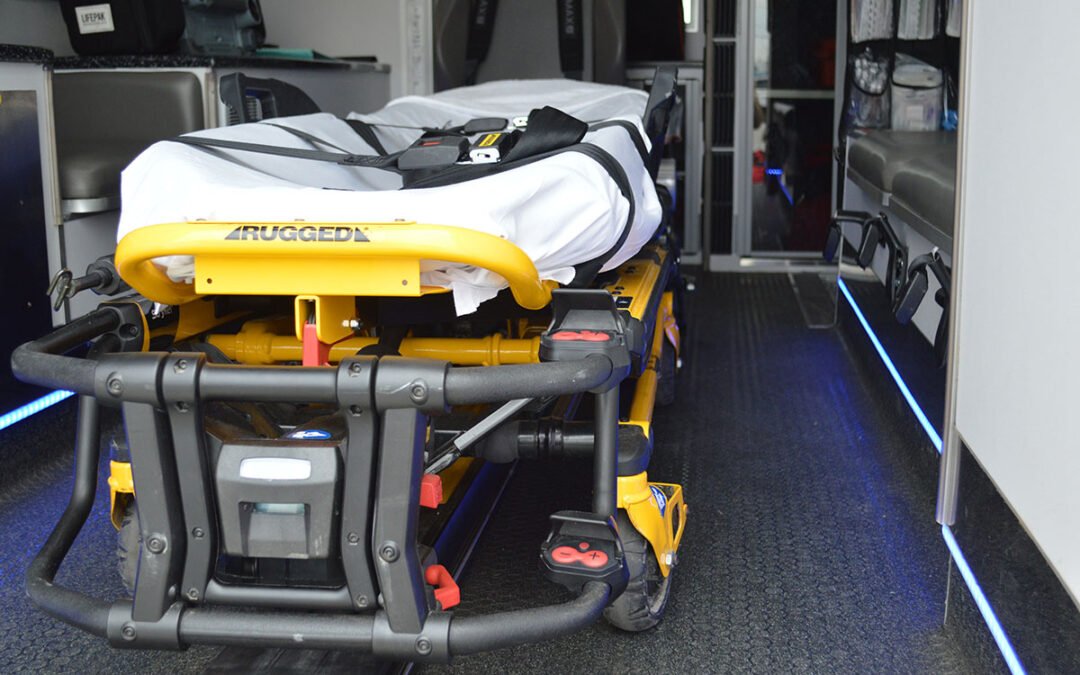
Management of the Physiologically Difficult Airway for Out-Of-Hospital Care Providers
This article emphasizes the importance of recognizing and managing the “physiologically difficult airway” in EMS.
Select Article Type
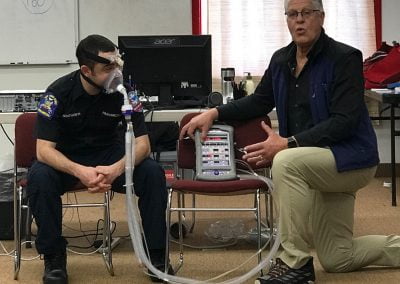
Many factors go into the equation for deciding between CPAP and BiPAP for a patient.
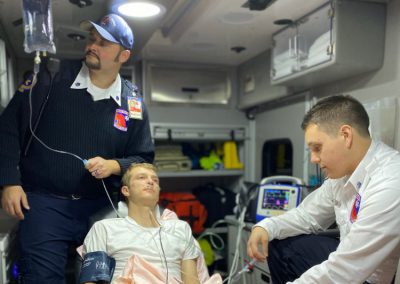
Measuring EtCO2 is the most accurate monitoring tool that paramedics can use in real time to assess the overall status of the patient in the field.

Lifesaving procedures like CPAP pose tremendous risk to patients if miscommunications occur during handoffs. The focus of this article is on reducing these errors.

Understanding the complicated disease of Cystic Fibrosis will help you provide better initial care and assessment.
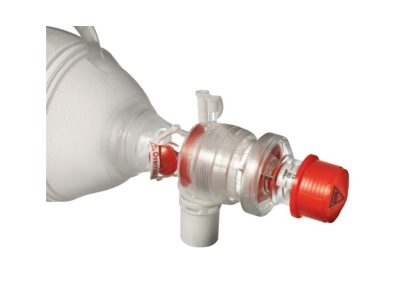
Use of Positive End Expiratory Pressure should be considered for any patient who requires mechanical ventilation, including those in cardiac arrest.
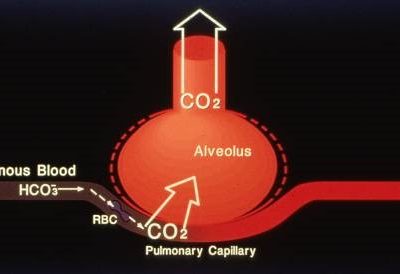
Dr. Marvin A. Wayne on why we do not use the measurement of end-tidal carbon dioxide to its full potential.
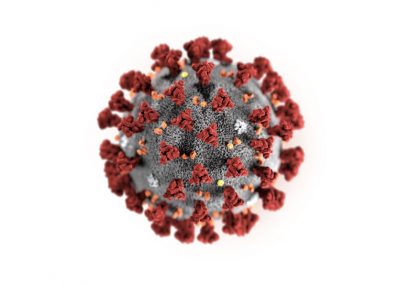
This article will discuss the prehospital management of COVID-19 respiratory symptoms.
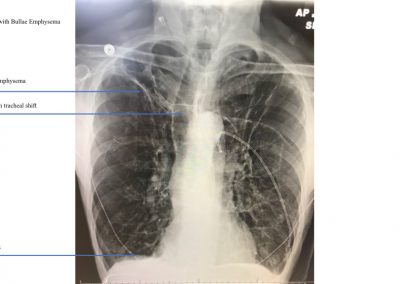
Typically, patients with emphysema have good lung compliance but exhibit poor lung elastance.

Given the overwhelming evidence of improved outcomes, prehospital CPAP belongs in every EMS toolbox.
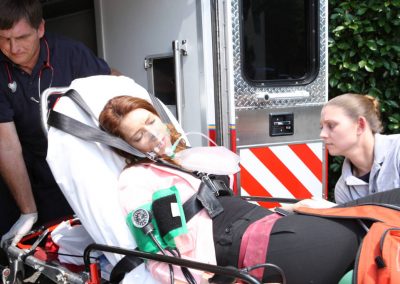
This paper provides an overview of pulmonary hypertension in the prehospital setting, including pathophysiology and identification.
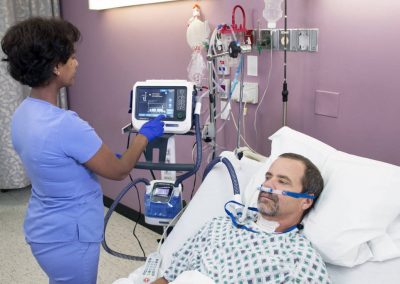
Why the early application of high-flow nasal cannula in the appropriate patient population is an ideal way to meet the patient's inspiratory flow demand.
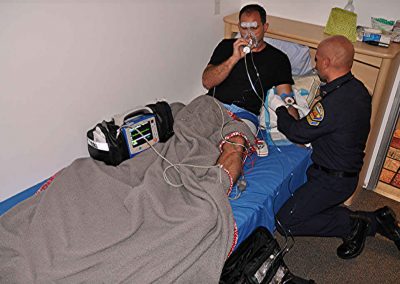
Acute respiratory distress is a serious emergency. Good patient outcomes require a skilled assessment of the airway, breathing and oxygenation.
JEMS Now Newsletter
Subscribe to JEMS and get the latest insights and information about the world of Emergency Medical Services directly to your inbox including the latest news, features and educational content on prehospital airway management.
